How to Design Shoes – Synthetic Leather
Synthetics For Shoe Designers
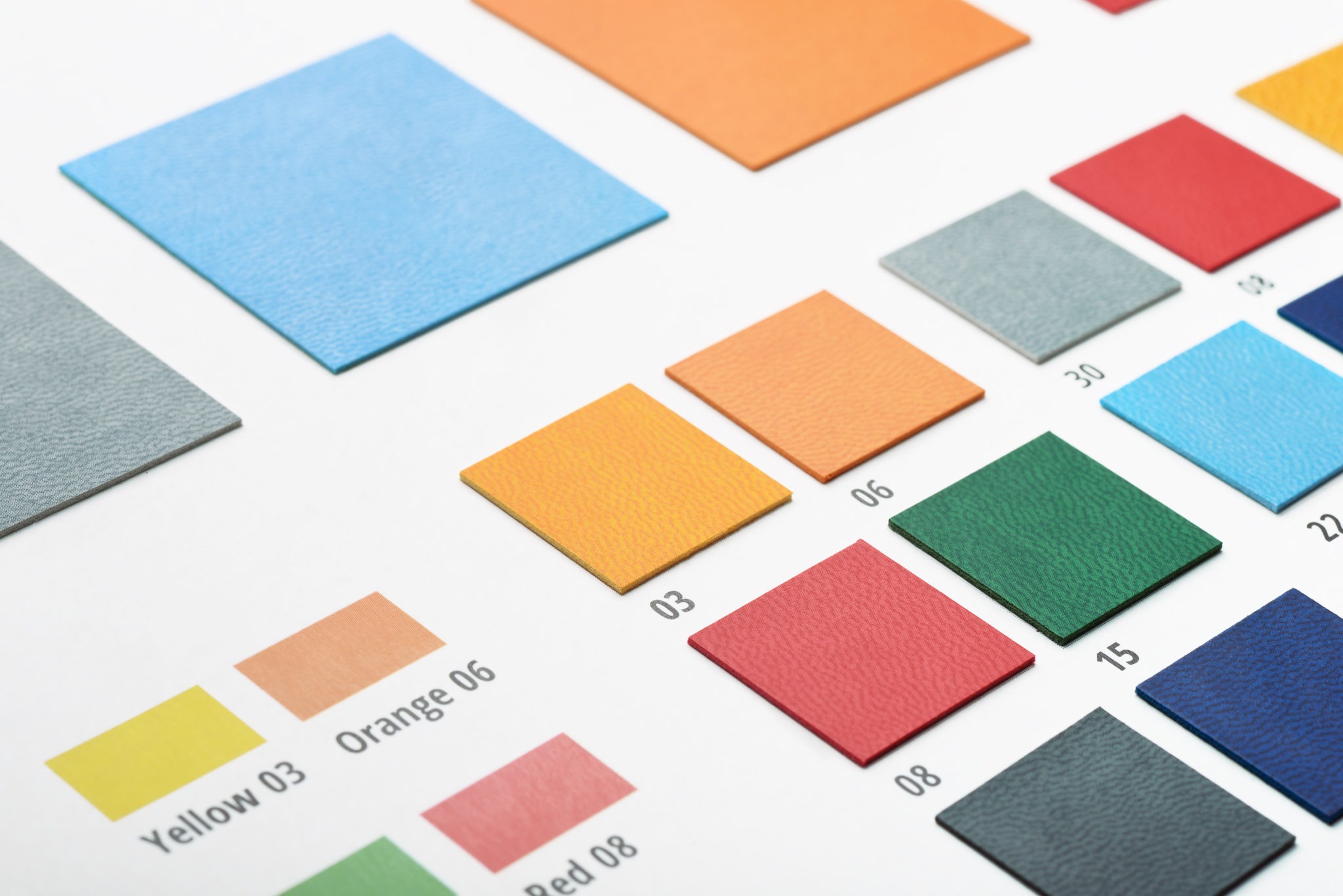 Whatever you call it, synthetic, synthetic leather, PU leather, pleather or just PU this material is another must have for modern sport shoes. If you want to learn how to design shoes you must have an understanding of modern synthetic materials. This class of material offers the shoe designer a huge variety of colors, textures and features at a range of prices. While synthetics were once considered to be cheap junk not suitable for high quality shoes, times have changed!
Whatever you call it, synthetic, synthetic leather, PU leather, pleather or just PU this material is another must have for modern sport shoes. If you want to learn how to design shoes you must have an understanding of modern synthetic materials. This class of material offers the shoe designer a huge variety of colors, textures and features at a range of prices. While synthetics were once considered to be cheap junk not suitable for high quality shoes, times have changed!
These synthetic materials are now high performance and are often a composite made of two layers. A backing layer made of woven or non-woven polyester fibers combined with an external surface by “dry” lamination process or by liquid “wet” processes. The least expensive synthetics have a fibrous woven backing with PVC skin made by wet process.
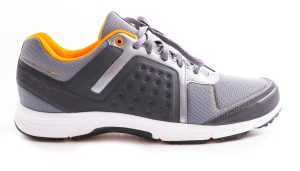
The high-end PU leather starts with a water-resistant micro fiber PU backing. This backing has a smooth surface, cuts cleanly, and can be dyed to match the surface materials. The micro fiber style backing can be ordered in .5 to 2.00mm thicknesses, has some stretch, and can have a water-resistant treatment. On top of this backing the skin can be applied.
Polyurethane plastic film .2 to .5mm thick is made in a separate operation and the two layers are then rolled together with heat and pressure. The PU outer skin is then printed, embossed, scuffed or polished to create one of the millions of surface options. The largest PU maker has hundreds of different emboss patterns that can be applied to hundreds of different surfaces. If you can meet the order volume required, you can pick any color you want!
So lets look at some other features of synthetic leather. There are four common surface materials, PVC (Polyvinyl Chloride) is the cheapest, PU (Poly-Urethane) can be of higher quality with many surface options, TPU (Thermo-Plastic Urethane) and there is also a class of materials made of PU fibers without a surface skin. Of these four types PVC and PU are similar in construction, a skin with backing. The TPU material tends to be single layer material with a finer emboss. PU materials are also offered as a solid, skinless material, this can have a brushed surface to look like suede or nubuck.
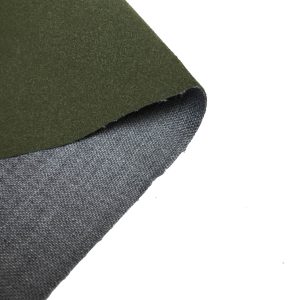
PVC leather is the most basic synthetic leather, made by wet process the surface is a sealed skin usually embossed. Liquid PVC is poured on a textured release paper then a cloth is rolled on while the surface is still wet. PVC leather will often have a woven backing with limited stretchability. This no problem for shoes with pieced together toe and vamp construction but not so good for smooth toe lasted shoes. This material is the cheap stuff found on inexpensive shoes. When it’s pulled tight it may wrinkle and the backing surface will X-Ray through the surface. Perfect for cheap shoes and can be found mixed on some shoes used as a cost cutting feature. I would never spec PVC leather for shoes that retail for more than $75.00 USD. Thickness ranges from .8mm to 2.00mm depending on the backing layers and surface treatment. Surface texture is limited due to the release paper process.
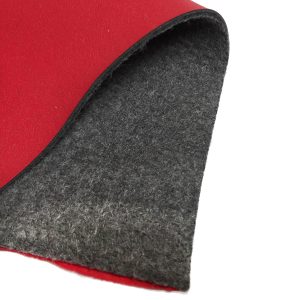
PU leather is another miracle material for shoes. Available in almost any color, surface finish, and can be treated with many special features. Thickness ranges from .8mm to 2.00mm depending on the backing layers. PU leather is made with a sealed skin like full grain leather but can be brushed to look like nubuck or fine suede. The PU skin is made by release paper process but is dry when combined with the backing. A heated steel roller with the emboss pattern is used to laminate the skin and backing. This allows for a deeper, crisper emboss pattern. The PU surface readily accepts embossing and printing effects. The PU skin is stretchable and durable so it can be combined with a lastable backing material. This allows PU to be used on toe caps of sports and casual shoes.
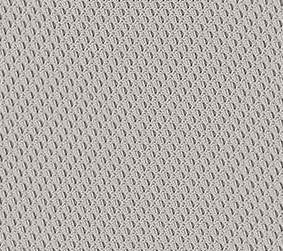
PU leather is also made in high abrasion versions and can have water-resistant backing. PU material with micro fiber backing cuts cleanly and looks great when perforated. Backings can be color matched so cut edges look clean – they can even be ordered with accent colors for a neat “TRON” effect.
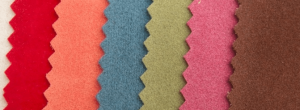
The PU fiber backing materials are also made without the skin layer. This material has a brushed surface and is known as “Ultra suede,” “Alcantara™,” Hi-skin Chamude or Amara Microfiber Synthetic Leather. These high quality micro fiber suede materials can be expensive but they are great for use on shoes, gloves, linings and trim. Being colorfast and waterproof ultra suede quickly replaced suede in sports shoes that will be exposed to water.
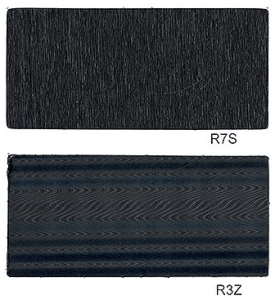
The TPU materials are used for accent parts and for RF welding applications. The TPU materials are not for use in structural parts of the shoe. TPU can be transparent white the PVC and PU must be opaque. TPU is also offered very thin. .3mm to .8mm.

